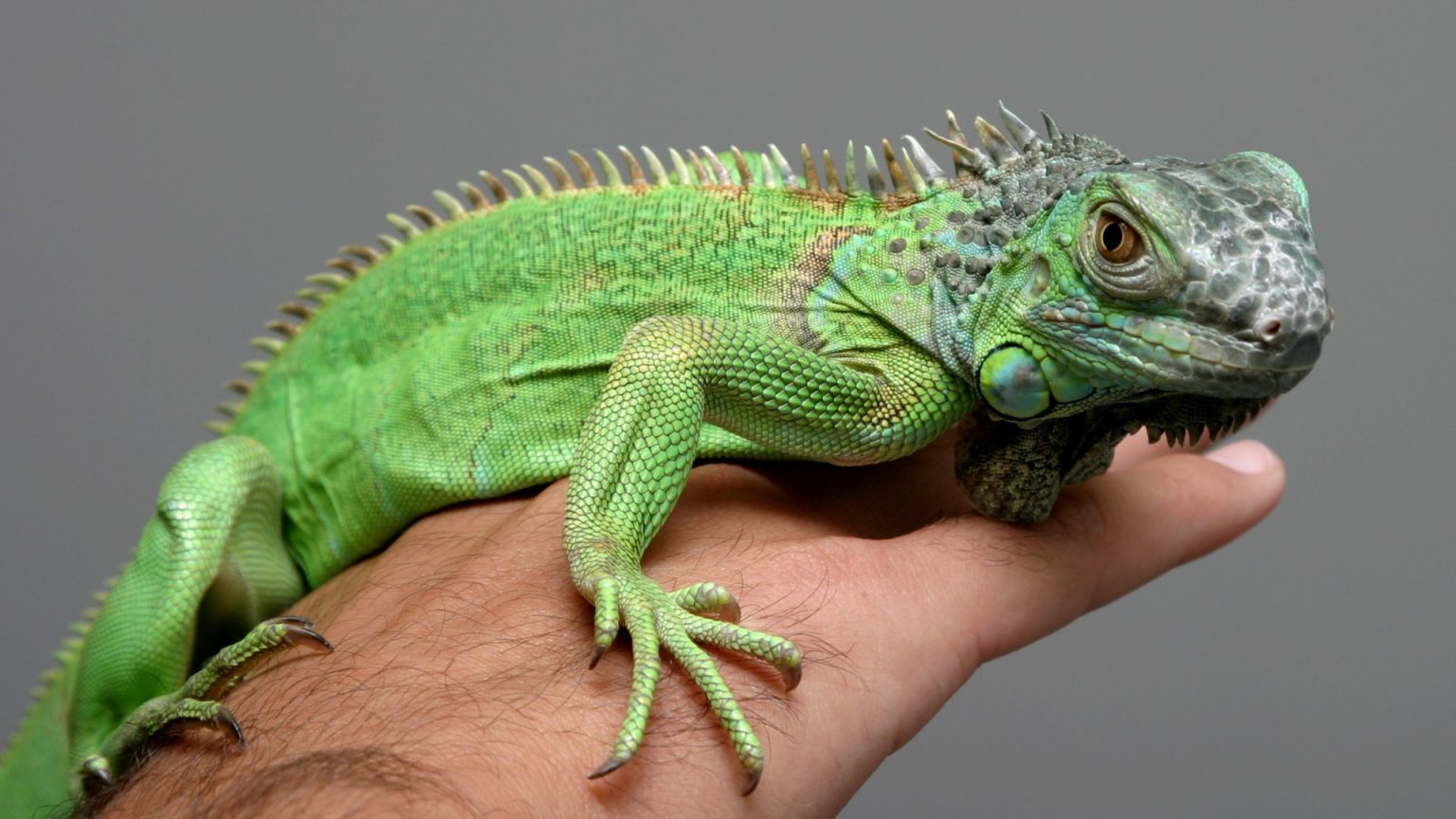Section 1: Veterinary Advice for Iguanas
Orla Wright from Grantham, Lincolnshire, sought advice regarding her iguana’s changing skin color and texture. Sean McCormack, head vet at tails.com, clarified that such changes can be normal in iguanas, particularly green iguanas. These lizards exhibit a wide range of colors, influenced by factors such as age, genetic origin, sex, health, nutrition, and even the season. Critically, McCormack corrected a potential dietary misconception. Contrary to the owner’s belief in a high-protein diet, iguanas should primarily consume leafy greens, weeds, flowers, and colorful vegetables. Animal protein is not recommended. Fruits should be offered sparingly as treats. Essential for iguana health are UV light and a vitamin/mineral supplement.
Section 2: Alleviating Feline Flea Treatment Distress
Julie Robinson from Crawley expressed concern about her cat Archie’s aversion to monthly flea treatments. Archie, typically placid, reacts negatively to the smell of the topical solution. McCormack acknowledged this as a common feline reaction, often exacerbated by the coldness of the liquid. Fortunately, alternatives exist. He recommended consulting a veterinarian about flea and tick collars or palatable tablets, offering less stressful options for Archie.
Section 3: Navigating Canine Cataract Surgery Costs
John Guesford from Tamworth inquired about the high cost of cataract surgery for his 15-year-old diabetic Jack Russell, Spot. The quoted price of £8,000 seemed exorbitant. McCormack explained that this reflects the specialized nature of the procedure, requiring sophisticated equipment and highly trained veterinary ophthalmologists. Unlike human cataract surgery, often performed under local anesthetic, animals require general anesthesia and potential post-operative hospitalization. Comparing it to human cataract surgery costs, which also range from £2,000 to £8,000 per eye, McCormack deemed the price reasonable. Importantly, he reassured the owner that cataracts are not painful and dogs can adapt to blindness with appropriate home modifications. Given Spot’s age, a thoughtful discussion with the vet is crucial to weigh the benefits and risks of surgery.
Section 4: Addressing Feline Incontinence
Eddie Homewood from Gravesend described his 14-year-old cat Harley’s recent episodes of indoor urination. McCormack outlined several potential causes. Age-related kidney decline could lead to increased urination frequency and accidents. Other medical possibilities include urinary tract infections, urinary crystals, or bladder stones. Behavioral factors, such as stress or anxiety related to outdoor activities, could also contribute to the change in housetraining habits. A veterinary checkup is recommended to determine the underlying cause and appropriate course of action.
Section 5: Celebrating Animal Actors and Addressing Black Cat Adoption Bias
Bertie, an eight-year-old whippet from Frizington, Cumbria, earned recognition for his role in the Netflix film Mission Raniganj, portraying a heroic dog instrumental in a mining rescue. His convincing performance even prompted calls for an acting award nomination. Owner Kerry Jordan described Bertie’s training process, learning new tricks to convey the urgency of the situation. This heartwarming story highlights the talent and adaptability of animals in the entertainment industry.
Shifting focus to a more serious issue, the article addressed the unfortunate bias against black cats in adoption. Statistics reveal that black cats are frequently rejected and take considerably longer to find homes compared to tabbies. While the exact reasons remain unclear, superstitions, perceived unluckiness, and even concerns about photographic aesthetics have been suggested as contributing factors. Animal welfare organizations like the RSPCA and Cats Protection emphasize the need to overcome these prejudices, highlighting that black cats are just as deserving of loving homes as any other feline.
Section 6: The Impact of Economic Hardship and Overbreeding on Cat Shelters
The surge in abandoned pets, particularly cats, is a growing concern. Economic hardship, exacerbated by rising living costs, forces some owners to relinquish their beloved companions. The lingering effects of the COVID-19 pandemic, with increased pet ownership and reduced access to neutering services, have also contributed to overpopulation. Woodside Animal Welfare Trust in Devon reported a significant increase in orphaned kittens, observing a pattern where colorful and tabby kittens are adopted more readily, leaving black kittens behind. This unfortunate trend underscores the need for responsible pet ownership, including spaying and neutering, and highlights the critical role of animal shelters in providing care for abandoned animals. The article encourages readers to support these organizations and consider adopting a black cat in need of a loving home.











